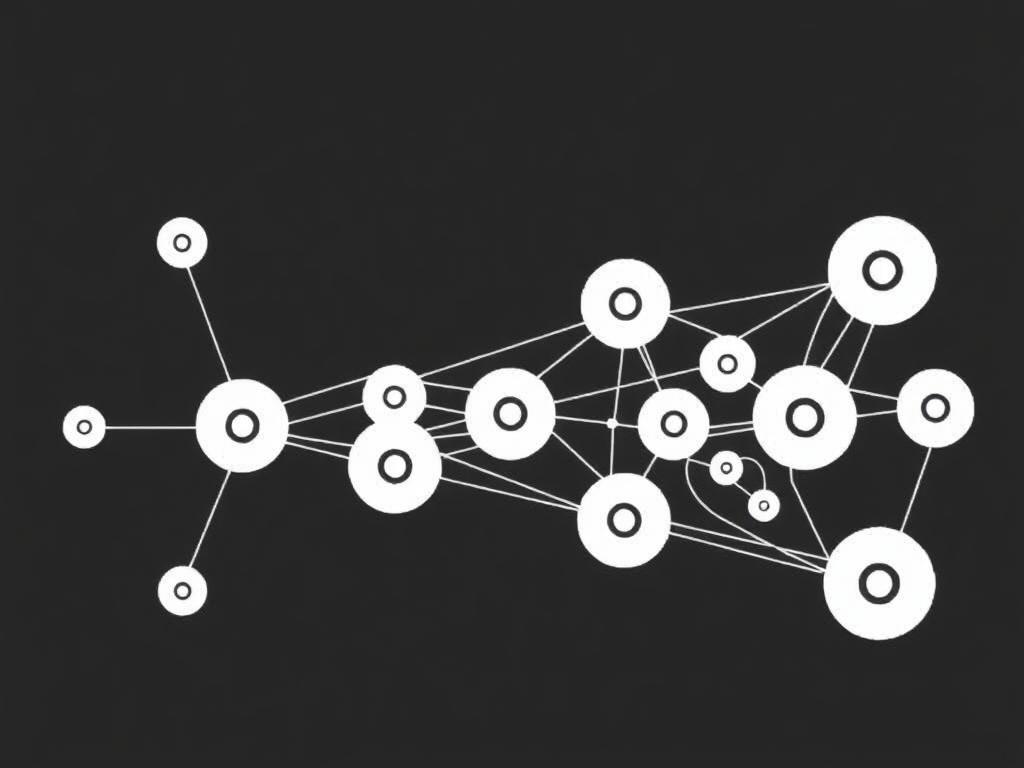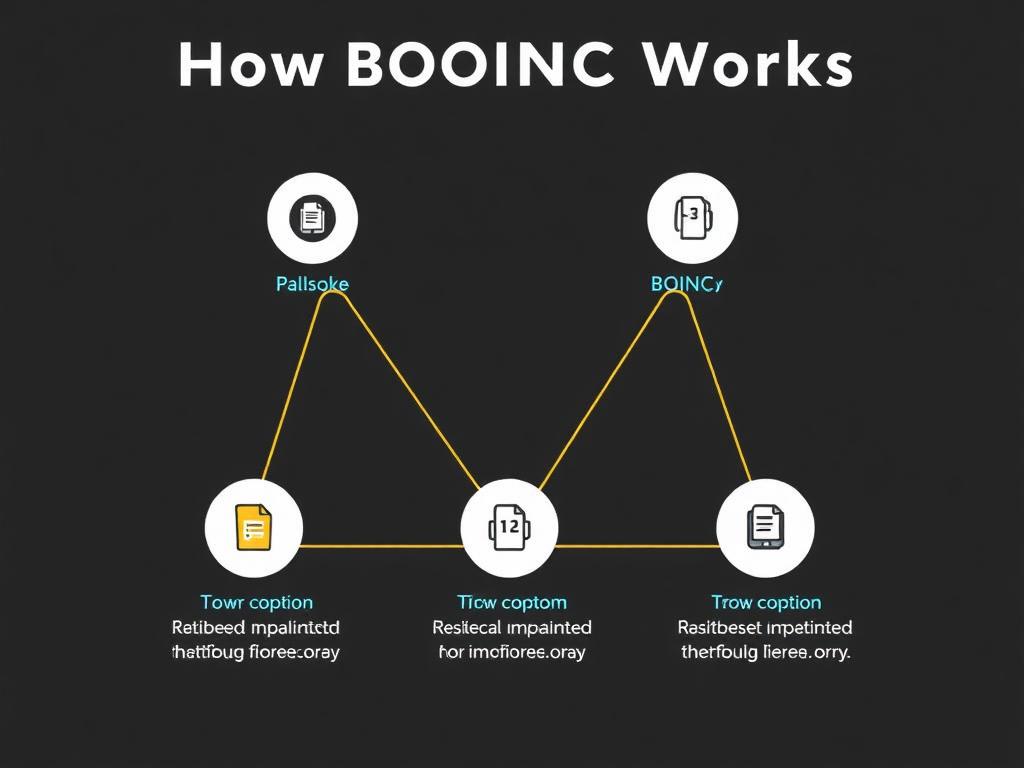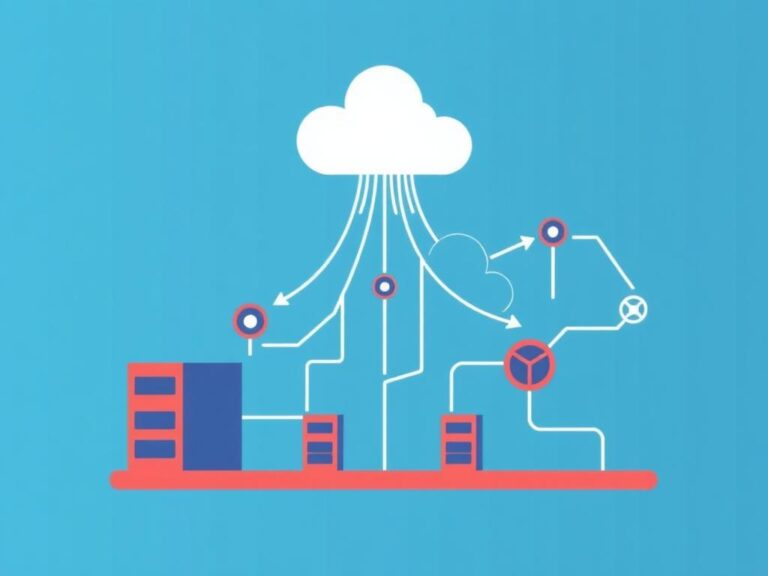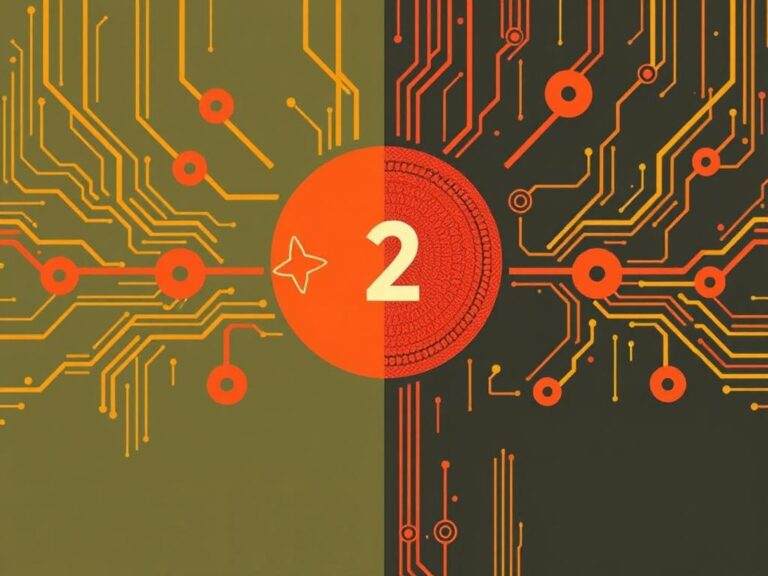Distributed Computing with P2P: Exploring Folding@home and BOINC
Distributed computing has revolutionized the way we tackle complex scientific problems, harnessing the idle processing power of millions of computers worldwide. At the heart of this revolution lies peer-to-peer (P2P) technology, which enables a vast network of connected users to contribute resources seamlessly. Two of the most well-known platforms leveraging this idea are Folding@home and BOINC. They have transformed public participation into a vital component of modern research, allowing volunteers from all over the world to make real scientific contributions without leaving their homes.
Understanding Distributed Computing and P2P Networks

Distributed computing refers to a computing model where a task is divided into smaller parts and processed concurrently by multiple machines. Instead of relying on a single supercomputer, distributed computing uses the processing power of many ordinary computers, connected through the internet. Peer-to-peer (P2P) networking is a cornerstone of this model, allowing computers (peers) to communicate directly without the need for centralized servers. This not only makes the system scalable but also robust and cost-effective.
The Role of P2P in Distributed Computing
The concept of P2P networks means every participant is both a consumer and provider of resources. In distributed computing, this creates a virtuous cycle: participants download data chunks, process them, and upload results back to a common network, which then redistributes tasks to other peers. This approach saves costs on infrastructure and promotes collaboration on a global scale.
Folding@home: Protein Folding Powered by Volunteers
Folding@home is one of the most famous examples of distributed computing with P2P elements. It focuses on simulating protein folding—an intricate process linked to many diseases, including Alzheimer’s, cancer, and COVID-19. Understanding how proteins fold and misfold can help researchers design better drugs and therapies.
- Started in 2000 by Stanford University, Folding@home invites volunteers to download a client application.
- The software runs simulations using spare CPU or GPU cycles on volunteers’ devices.
- Data results are sent back to centralized servers for aggregation and analysis.
What makes Folding@home remarkable is how many people joined during the COVID-19 pandemic. At its peak, the network’s computing power exceeded that of the world’s top supercomputers combined. This phenomenon showcased the immense potential of distributed computing powered by the public.
How Folding@home Works
The process begins with breaking down protein folding projects into tiny units called work units. Each participant’s computer downloads a work unit, runs the simulation, and sends back results. Because each work unit is independent, many units can be processed in parallel by different peers, accelerating research drastically.
| Step | Description |
|---|---|
| 1. Download Client | Volunteers download and install the Folding@home software. |
| 2. Receive Work Unit | Client receives a small simulation task from the server. |
| 3. Process Simulation | The computer runs complex molecular dynamics simulations. |
| 4. Upload Results | Completed data is sent back for aggregation and analysis. |
BOINC: A Platform for Diverse Distributed Computing Projects
While Folding@home focuses primarily on biomedical research, BOINC (Berkeley Open Infrastructure for Network Computing) is a more general platform that supports a wide range of scientific projects. Developed at the University of California, Berkeley, BOINC provides the framework for distributed computing projects to connect with volunteers’ devices efficiently.
How BOINC Works

BOINC operates similarly to Folding@home in that it divides large scientific problems into smaller chunks distributed to participant computers. However, it supports an array of disciplines beyond biology, such as astronomy, climate science, and mathematics. By offering a centralized client software that can join multiple projects, BOINC enhances flexibility and user engagement.
- The software is freely downloadable and runs in the background on volunteers’ machines.
- Users can choose which projects to support based on personal interest.
- It utilizes idle CPU and GPU cycles without interrupting normal computer use.
Popular Projects Supported by BOINC

| Project Name | Research Field | Main Goal |
|---|---|---|
| SETI@home | Astronomy | Search for extraterrestrial intelligence using radio signals. |
| Einstein@home | Astrophysics | Detect gravitational waves and rotating neutron stars. |
| Rosetta@home | Biomedical | Predict protein structures to aid in disease research. |
| Climateprediction.net | Climate Science | Model climate change scenarios and improve forecasting. |
The Impact of Distributed Computing on Science and Society
Distributed computing platforms like Folding@home and BOINC not only accelerate scientific discovery but democratize participation in research. People with no scientific background can contribute to meaningful projects just by running software on their personal devices. This brings several benefits, including:
- Reducing the cost of research by leveraging existing hardware worldwide.
- Involving a global community in scientific endeavors, fostering awareness.
- Enabling rapid data processing for problems that require large-scale computation.
These collective efforts have led to breakthroughs in understanding diseases, detecting cosmic phenomena, and forecasting climate change. Furthermore, the P2P aspect of these networks ensures that the system is resilient and capable of scaling up rapidly in response to urgent research needs.
Challenges and Considerations
Despite their many advantages, distributed computing networks face some challenges. Security and privacy are important concerns since participant computers are connected to external servers. Platforms mitigate risks through secure data transfer and anonymizing user information. Another issue is ensuring data integrity and avoiding fraudulent results, often addressed by validating data through redundancy—sending the same task to multiple peers and cross-checking results.
How to Get Involved in Distributed Computing Projects
Getting started with distributed computing is straightforward. Whether you want to support protein folding research or explore other scientific fields, here is a simple step-by-step guide:
- Choose a Platform: Decide between Folding@home, BOINC, or another project of your choice.
- Download the Client: Visit the project’s official website and download the software.
- Install and Configure: Install the client and select projects or adjust settings according to your preferences.
- Start Contributing: Let the software run in the background, contributing idle cycles to process work units.
- Stay Engaged: Join forums, follow progress, and share your contributions with the community.
Tips for Maximizing Your Contribution
- Use a device with a strong GPU for faster processing, if supported by the project.
- Run the software during idle times, such as overnight.
- Keep your software updated for optimal security and performance.
- Consider contributing from multiple devices if possible.
The Future of Distributed Computing and P2P Networks
The combination of P2P technology and distributed computing is set to expand further. As internet connectivity improves and more devices become capable, the potential computing power available worldwide grows exponentially. Emerging technologies like blockchain may also enhance the transparency and security of these networks. Moreover, artificial intelligence and machine learning can be integrated with distributed computing to accelerate problem-solving even more.
Ongoing projects aim to tackle new frontiers, such as personalized medicine, environmental monitoring, and even simulating entire ecosystems. The collaboration between researchers and the global community promises a future where large-scale scientific challenges are met through collective effort.
Conclusion
Distributed computing with P2P networks, exemplified by Folding@home and BOINC, has opened new doors to scientific discovery by turning everyday computers into powerful research tools. This innovative model not only speeds up complex simulations but also engages millions of people in the joy of contributing to humanity’s knowledge. Whether you’re fascinated by protein folding or searching for signals from distant stars, these platforms provide an accessible way to join a global scientific team. As technology advances, distributed computing will likely grow in influence and impact, proving that sometimes, the most significant breakthroughs come from working together, one small piece at a time.






